Embark on a journey through the cosmos, Have you ever think about Does the moon rises in the east? A thought-provoking query, indeed! Since time immemorial, the moon has captivated humanity, its trajectory across the heavens a source of endless fascination. Delve into this enigma, and unravel the essence of lunar ascension. Strap in, engage your intellect, and traverse the lunar landscape!
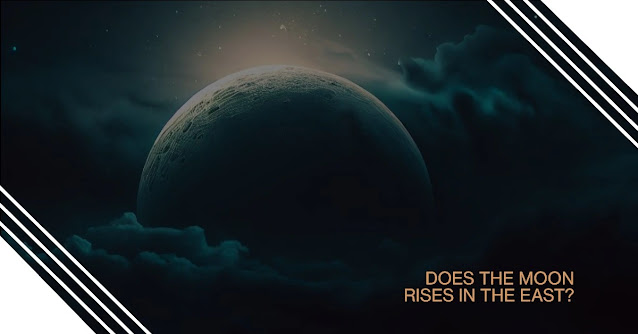 |
| Have you ever think about Does the moon rises in the east? |
Behold, the Science of Lunar Motion! For eons, the moon has beguiled us. Rising and setting daily, yet have you ever contemplated its ascent's direction?
Does the moon rise in the east? Lets dive in
The Science of Lunar Motion
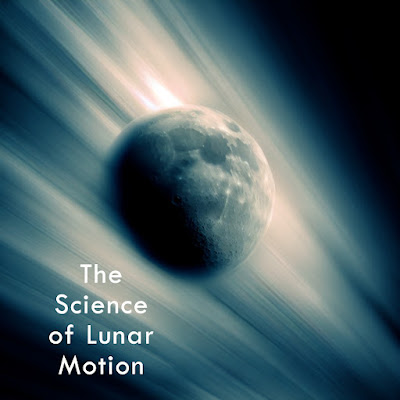 |
| Science of Moon´s movement |
The Earth-Moon Symbiosis
The moon's gravitational tug on Earth births ocean tides, a topic we'll dissect later. Crucially, lunar position correlates with Earth's rotation. Thus, as Earth spins west to east, the moon seemingly traverses east to west.
But why eastward ascension?
The Moon's Orbital Trajectory
Amidst the intricate cosmic ballet, the moon's ethereal traverse from east to west unfolds as a consequence of its orbit, harmonizing in near-perpendicular alignment with Earth's majestic axis. As the celestial stage unfurls, the moon emerges from the eastern horizon, an enchanting apparition that kindles wonder and captivates the senses.
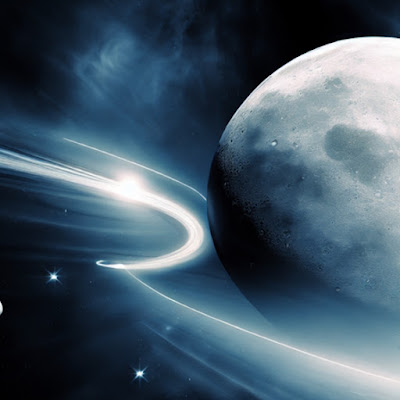 |
| Moon Traverse from east to west |
With each majestic rise, it embarks on a celestial odyssey, a cosmic dance orchestrated by the interplay of Earth's relentless rotation and the moon's elliptical path. Thus, the moon ascends, unveiling its splendor in the east, traversing the firmament in a mesmerizing display of celestial choreography.
In embracing this astronomical marvel, we delve deeper into the enigmatic realm of nature's allure, transcending our mortal selves, and immersing ourselves in the ethereal tapestry of the universe's grand design. For it is through understanding the moon's eastward ascent that our awe of nature's resplendent beauty is magnified, leaving us spellbound in contemplation of its celestial majesty.
That's right, the moon rises in the east. Ah, the venerable conundrum: what exactly is lunar eastward ascension? In a word, yeah. But let's look into it more. The Moon's Perceived Motion Watching the moon move across the sky, it seems to be rotating with the Earth, from west to east.
The moon seems to be rising elegantly from the eastern horizon as it seems to be starting its evening voyage. The fascinating sight is actually caused by the Earth's eastward spin, not the moon's own velocity.
The captivating illusion of the moon rising into the sky is produced by our planet's rotation on its axis. Numerous generations have marvelled at and been inspired by this heavenly dance between the Earth and the moon.
Numerous myths, legends, and traditions about the moon's apparent motion have influenced human culture and our understanding of the universe. The delicate equilibrium that exists within our solar system and the interconnection of all celestial bodies are both brought to mind when we look at the moon's bright face.
Within the tapestry of celestial enigma, the moon's mesmerizing ascent in the eastern horizon unveils the intricacies that define the universe's bewildering machinations.
A poignant testament to our collective insignificance amidst the cosmic expanse, it compels us to transcend our perceived diminutiveness and embrace the kaleidoscope of profound diversity that surrounds us.
With each ethereal rise, the moon imparts not only a spectacle of resplendence but also a humbling reflection of our infinitesimal position within the vast cosmic web. Its nocturnal ascension, a symphony of grandeur, interweaves intricate threads of cosmic choreography, beckoning us to embrace the tapestry of existence and navigate the bewildering mysteries that lie beyond our mortal grasp.
Enveloped in a tapestry of captivating luminosity, the resplendent lunar ballet unfurls with an eternal mystique, beckoning our restless souls to embark on a profound odyssey amidst the enigmatic marvels of the cosmic tapestry.
From the hallowed halls of astronomical observatories to the realms of poetic reverie, a kaleidoscope of visionaries, scholars, and dreamweavers stands transfixed, united by a shared reverence for the lunar's beguiling allure.
For while the moon's celestial traverse is naught but an illusory interplay, a mere illusion woven by Earth's ceaseless pirouettes, it remains an emblem etched in our collective consciousness—a testament to the resplendent magnificence, the labyrinthine intricacy, and the intricately woven interconnections that render the universe an ethereal masterpiece.
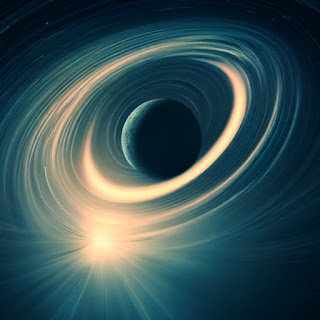 |
| Moon rise eastwards due to Earth spin |
Earth's spin causes the moon's apparent eastward rise. From our terrestrial vantage point, the sun and moon appear to rise and set. In truth, Earth's rotation generates this illusion.
Location-Based Variations
Lunar observation hinges on one's terrestrial position. In the Southern Hemisphere, the moon rises eastward, veering north. In the tropics, it ascends vertically. Depending on location, it may rise east-northeast or east-southeast.
Thus, the moon indeed rises in the east, Earth's rotation responsible for this perceived motion. Observations vary based on location. Perspective is key! The Moon's Earthly Influence The moon profoundly impacts Earth.
Most notably, it governs ocean tides. Lunar gravity affects Earth's oceans, causing tidal fluctuations. The moon's gravitational force is strongest on Earth's near side, while the far side experiences a weaker pull, resulting in a tidal bulge lag. Though seemingly inconsequential, this profoundly affects oceanic and coastal ecosystems.
Beyond tides, the moon influences Earth in myriad ways. For instance, lunar gravity affects Earth's rotation, causing minor alterations in rotational speed and axis. These changes, albeit small, significantly impact climate and day length. Other lunar influences include stabilizing Earth's axial tilt, ensuring a stable climate over billions of years.
The moon's gravity also causes Earth's mantle to flex, slightly deforming the planet's shape. In essence, the moon's impact on Earth is vast and varied. From tidal fluctuations to climate stabilization, the moon's influence is far-reaching.
Moonrise and Cultural Significance
Across various cultures and civilizations, the moonrise holds great cultural and symbolic significance. From ancient myths and legends to religious rituals and celebrations, the moon has been revered and worshipped in many societies.
Its rise often marks the beginning of festivities, harvest seasons, or spiritual observances. The moon's presence in the night sky has served as a guiding light, a source of inspiration, and a reminder of the vastness and wonders of the universe.
Moon Myths and Superstitions
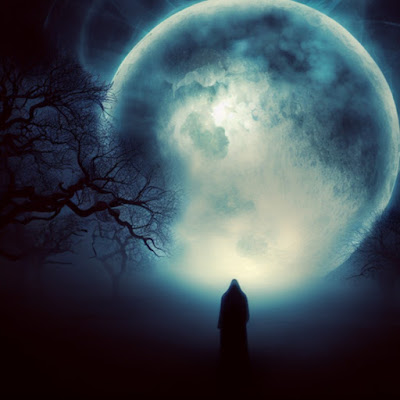 |
| Myths & Superstitions revolving around the moon |
For centuries, the moon has enraptured us, a mystical force governing our lives in enigmatic ways. One pervasive myth posits lunar-induced madness. Dating back to the Middle Ages, it was believed that the full moon incited erratic behavior and werewolf transformations. Though scientifically unfounded, this notion persists.
Many attribute mood swings, crime spikes, and unpredictable behavior to the full moon. Akin to blaming Mercury's retrograde for a bad day, it's a convenient scapegoat, but factually baseless.
The moon is also linked to magic and spells. Literary witches and wizards often perform rituals under lunar light. In reality, the moon possesses no magical powers. Cultural beliefs about the moon abound. In some societies, it symbolizes femininity and fertility. In others, it's a powerful deity or nocturnal guardian. Regardless of belief, the moon's allure is undeniable.
Conclusion
The moon appears to rise in the east due to Earth's rotation and its orbit, though its path varies by location. The moon significantly affects Earth, such as tides. Myths and superstitions about the moon persist across cultures.
Final Thoughts: The moon, a mesmerizing celestial object, boasts a rich mythological history. Its movements and Earthly effects continue to inspire awe and wonder worldwide.
